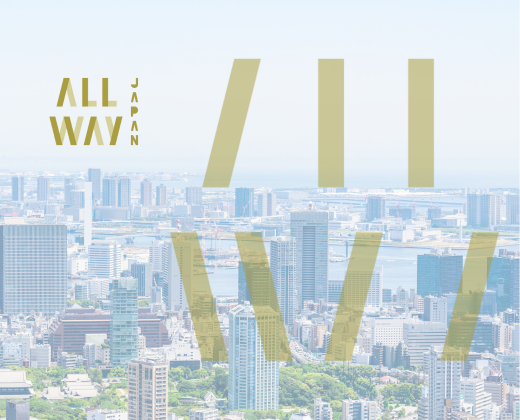
The Lake Biwa Canal was excavated during the Meiji period to draw the waters of Lake Biwa to Kyoto. Of these, 3km along the canal that runs through Yamashina is maintained as a promenade, and the cherry blossoms and autumn leaves are beautiful. Along the road, there are the Tenchi Emperor's Mausoleum, Anshoji Temple, which is covered with trees, and Bishonto-do if you have a little foot, so you can enjoy a leisurely walk.

A stone sundial stands at the entrance of the approach, in the wake of Emperor Tenchi's construction of Japan's first water clock tower in Nara, Japan. If you follow the approach, you will reach the place of worship. Emperor Tenchi broke the renewal of Dahua, and was enthroned at the Omi-Ōtsu-gū in Tenchi 7 (668). He died three years later, and is said to have been buried in Yamashina, where the residence of Mr. Nakaomi, a partner of Dahua's renovation, was located.
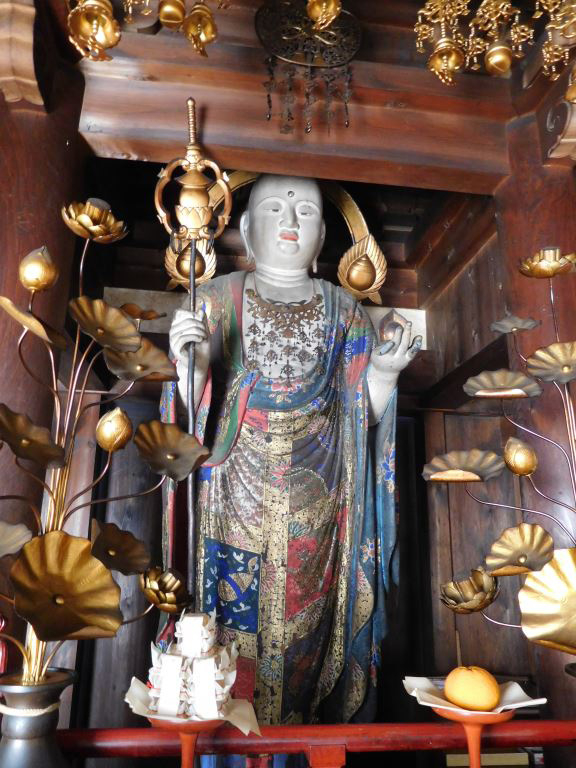
Yamashina Jizo is one of the statues of Rokujizo created by Takashi Ono in 852. It was later placed at six entrances to the capital city from Fushimi-daizenji by Seikyo-ho, Taira Kiyomori. It is enshrined in the Rokkaku-do, which is built facing the former Tōkaidō, as the main temple guardian of the eastern gatekeeper of the capital, Tōkaidō. The statue of the spirit is transmitted to the style of the Heian period, and the taste of the precinct often reminds me of what it was like at the time. You can feel the form of life and faith that does not change through the ages. Tokurin-an is a temple of the Rinzai school of Nanzen-ji, founded in the year of Astronomy 19 (1550) by the master of Nanzen-ji, the 260th year of Sumikyo. I protect Yamashina Jizo-son.

The Yakushido, built by Hino Tsuzei [Sukenari], began in the year of Eisheng 6 (1051). It is a bodhi-ji temple of the Hino family, where the saints of Chiun, Tomiko Hino and others were born, and is also known by its common name, Hino Yakushi. The Amida-dou (national treasure) is prized as a form of the Jōraku Pure Land, which was dreamed up by the Heian nobility, alongside the Heijo-in Temple of Uji and the Jōshō-in Temple of Sanshōin. Inside the temple of Hōgakuzo, a statue of Amitabha Nyorai (national treasure) in the Jyocho style of the Heian period is enshrined, and decorated with a mural of Hōten (Important Cultural Property), etc. The main statue of the main temple of the main temple of the temple of the temple (Important Cultural Property), the statue of the temple of the temple of the temple (Important Cultural Property), is called the name of the milk medicine master, and is believed to be a spiritual statue of asai, lactation. Group reception is required.
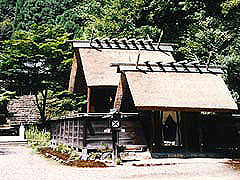
It is said to have been founded in the late 5th century by the transfer of the shrine site of the peak of Takachiho in Chikushi Hyuga. Like the Ise Shrine, there are the Outer and Inner shrines, and he is believed to be the Ise-san of Kyo. There is a legend that the one on the precinct, "Heavenly Iwado", can go through the trouble and open the luck. You can enjoy spring cherry blossoms and azaleas throughout the four seasons, especially autumn leaves are known as hidden spots.
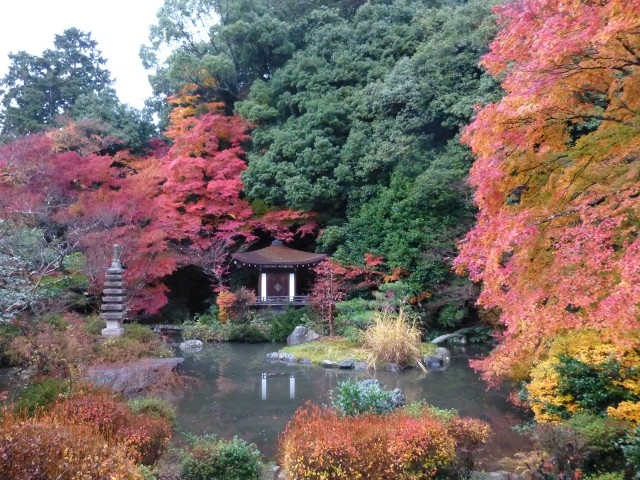
It is the temple of the Tendai sect, and the main temple, Bisha Kadoten, is counted as one of the seven deities of Kyō. Sheng Jian was the third year of Taobao (703). It used to be located in Izumo Road, Kamigyo-ku, but was abandoned due to the Onin Rebellion. It was restored to the site by Gōkai Shumasa in Kanbun 5 (1665), and the temple became the Mōnginji Temple when the Prince of Emperor Go-Nishi entered the temple. There are many things to see, such as the carp paintings of Okyo Maruyama and the barrier paintings of Shinden by Masanobu Kano. Also beautiful are weeping cherry trees and autumn leaves.

It is one of the largest temples in Kyoto, with the whole temple area of Daigo-yama, and the headquarters of the Shingon sect Daigo school. It is divided into the upper Daigo on the mountain and the lower Daigo on the mountain, and there are more than 50 pagodas. In the year of Chōkan 16 (874), the founder of Shugendo Nakakung, Shōho Rigen Taishi opened, and was re-founded by the efforts of Toyotomi Hideyoshi during the time of the 80th generation of Zhakusyō Shōjō. It has a number of cultural treasures, including a national treasure such as a kendo and a five-storied pagoda standing in the gaiji of Shimo-Daigo, and is also listed as a "cultural treasure of ancient Kyoto" as a world cultural heritage. The famous "Daigo no Hanami" refers to the Hanami feast held by Toyotomi Hideyoshi in the third year of Keijō (1598). In connection with this Hanami, the Fengtao Hanami procession is held on the second Sunday of April every year.
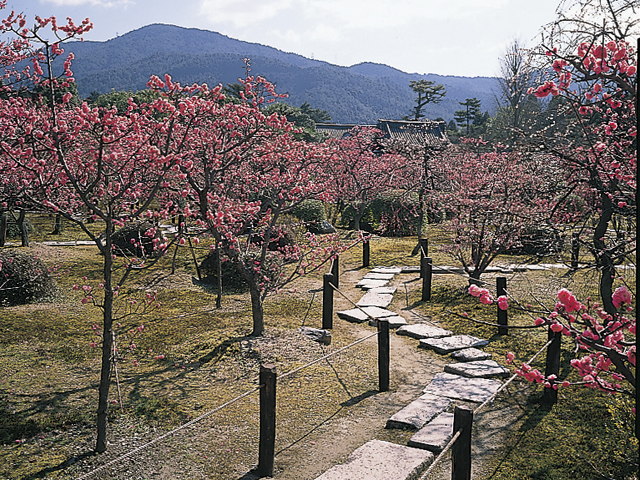
The temple is said to be the site of the residence of Ono Komachi, a female poet representing the Heian period. It is also famous as a famous place for late-blooming plums, and the precincts, which are colored with neat flowers, are worthy of a place related to a poet known for his good looks. A sitting statue of Amitabha Nyorai (Important Cultural Property) is enshrined in the main hall of Nedenzo. He also enshrines Bunzhan [Fumihari] Jizo, who said that he had subbed a love sentence sent to Komachi, and a statue of Sotoba (Sotoba) Komachi, who sits on one knee. There remains a "makeup well" that Ono Komachi used for makeup, and a mound that buried 1,000 romance sentences that reached Komachi.

Enter the World Heritage Site, Daigo-ji Sōmon, and immediately stand on your left. It follows through Aoi no-sama (Important Cultural Property) and Akikusa no-sama (Important Cultural Property), which are colored with the brilliant barrier paintings of the Momoyama period, and the Imperial Household (Important Cultural Property) to Omoshōin (National Treasure). From Omosho-in, you can see the garden (a special famous and special historical site) that Hideyoshi had designed himself during "Daigo no Hanami". It is a garden that represents the Momoyama period, with beautiful stones and cuttings such as the Fujito stone stone that was moved from Juraku Dai. There is a Reiho-kan on the south side of Sanbo-in, which houses temple treasures such as the statue of Yakushi Nyorai (national treasure) at Yakushi-do.

There are many temples such as the Kindō (national treasure) and the Five-storied Pagoda (national treasure). The Kondou is the front seven-way, side five-way, and the construction of the Irimoya. It is a transfer of the main temple of Mangan-ji Temple in Kishu Yuasa, and retains the style of the late Heian period. The five-storied pagoda, about 38m high, was completed in the fifth year of the calendar (951) to mourn Emperor Daigo's bodhisattva. It is known as the oldest surviving wooden structure in Kyoto Prefecture.






